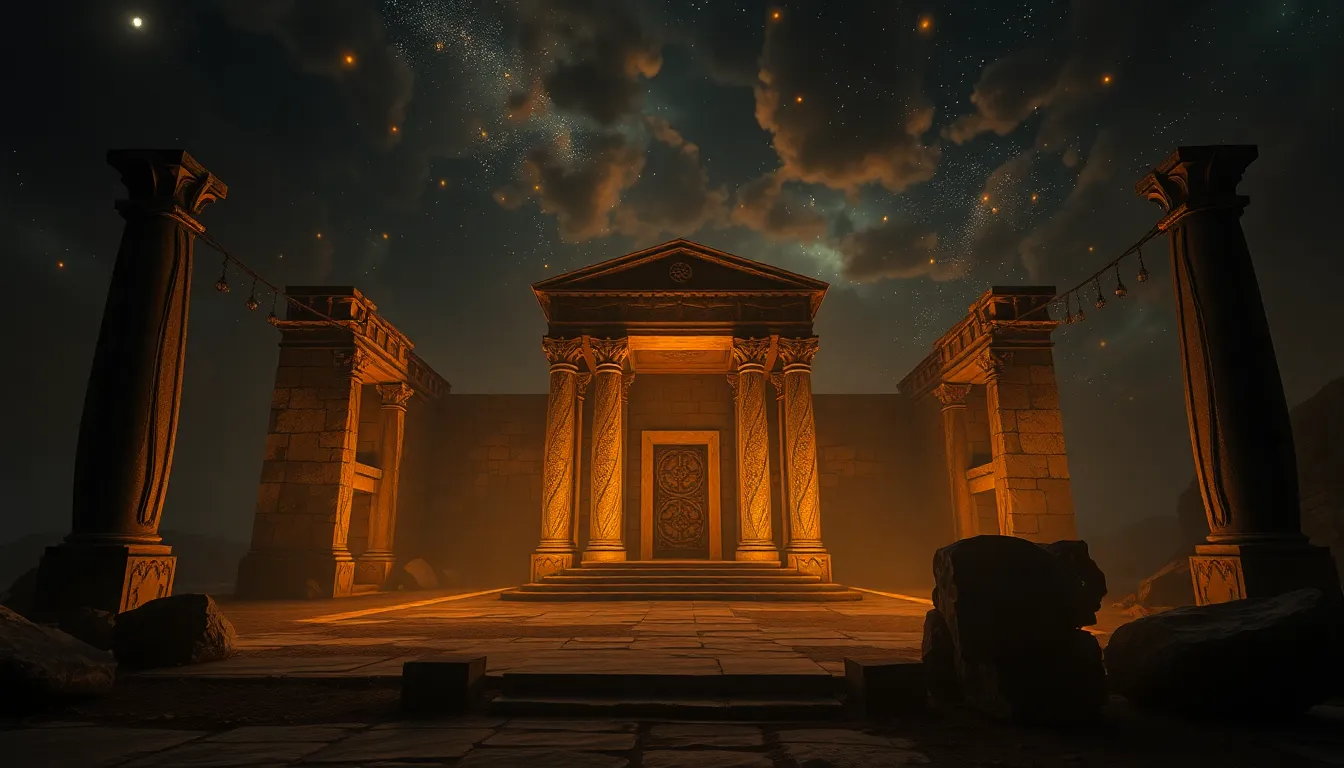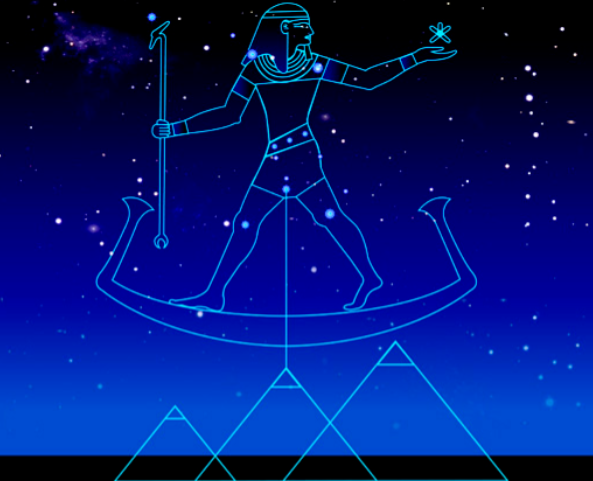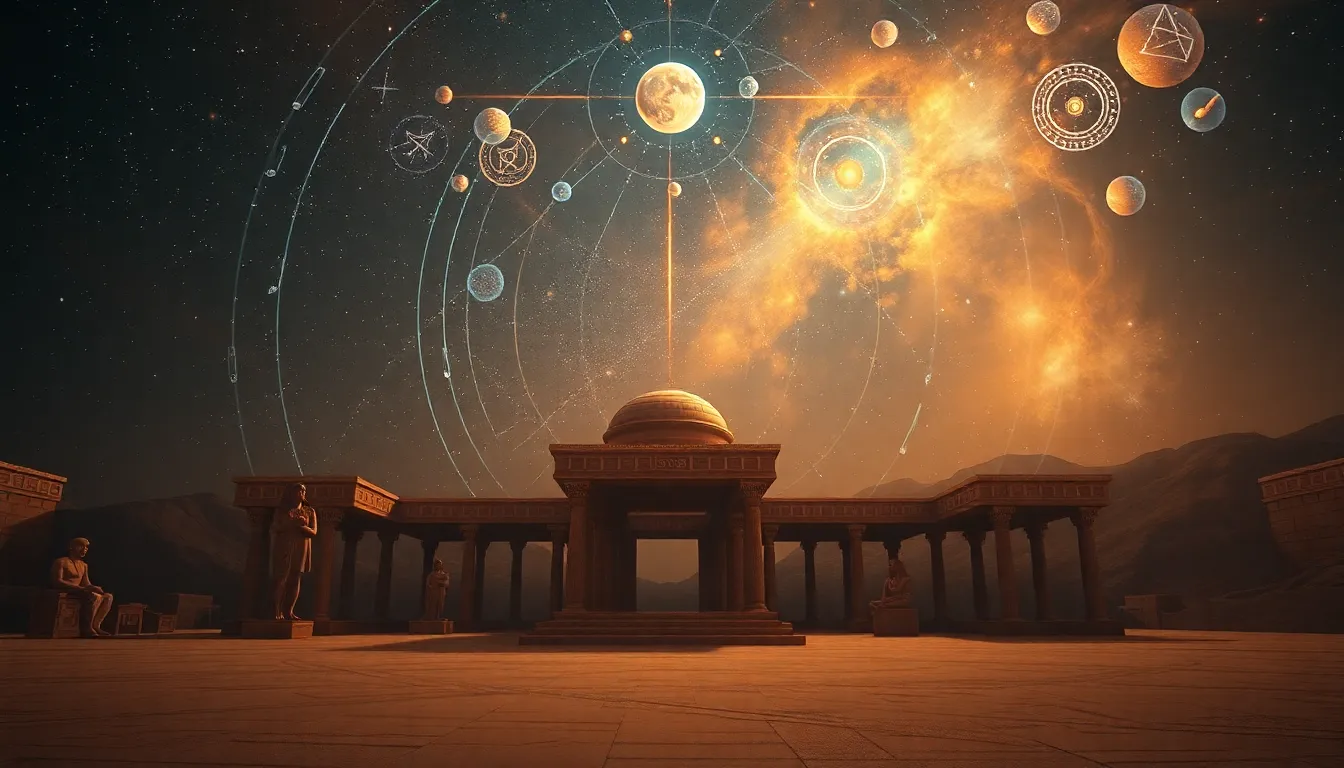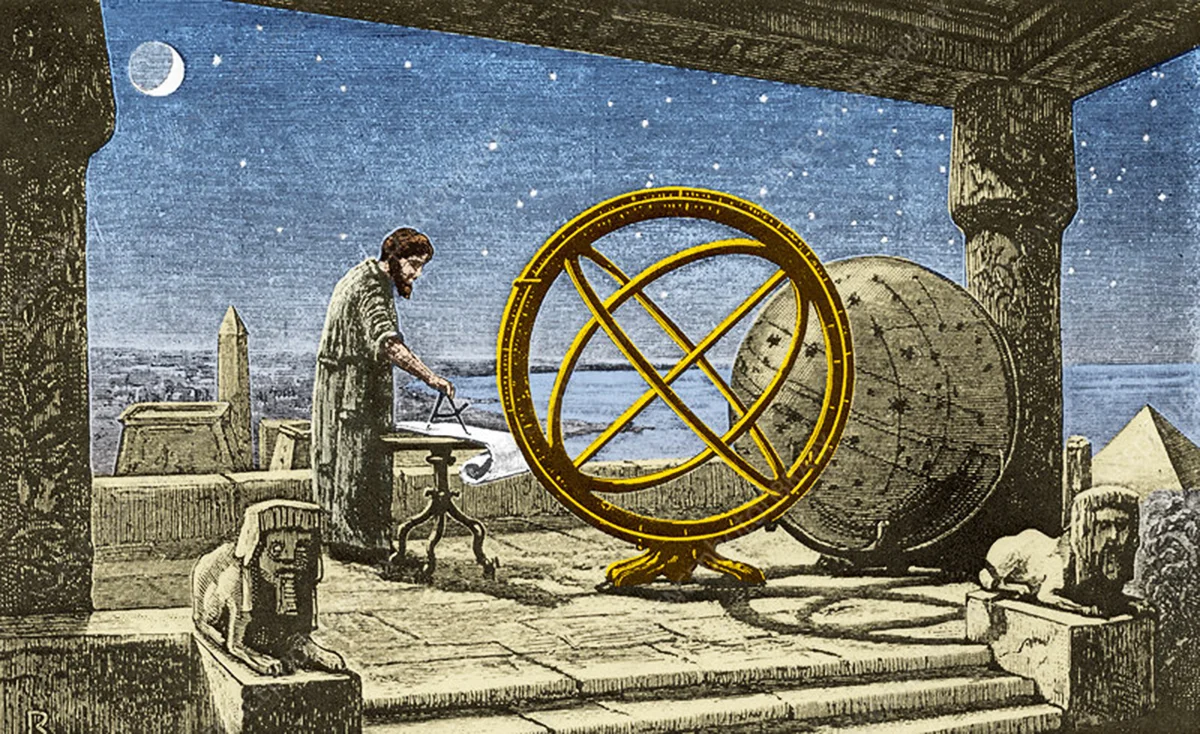Stellar Gateways — Temples of Time
Across deserts, jungles, and mountains, stellar gateways rise from the ancient world — temples precisely aligned to the Sun, Moon, and stars.
These sacred monuments were far more than places of worship. They were celestial observatories, built to track time, measure solstices, and follow the slow precession of the heavens.
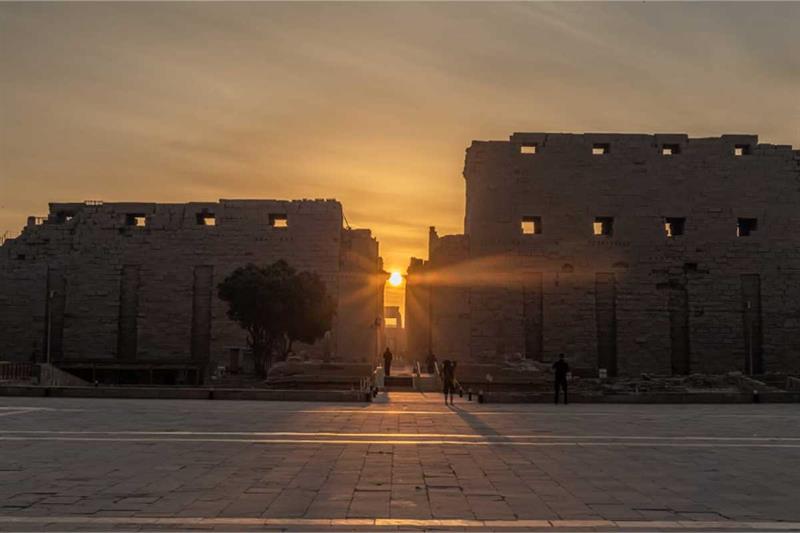
The Cosmic Calendar of the Ancients
Long before atomic clocks or telescopes, ancient astronomer-priests mapped the heavens with breathtaking precision.
-
The Great Temple of Karnak in Egypt aligns perfectly with the midwinter sunrise.
-
At Stonehenge, its circular megaliths mark solstices and lunar standstills.
-
The Maya pyramid of El Castillo in Chichén Itzá becomes a living serpent of sunlight during equinoxes.
Each structure functioned as both observatory and oracle — synchronizing human life with celestial cycles.
But the question remains: why did so many civilizations, separated by oceans and time, invest such effort in tracking the heavens?
A Language of Light and Shadow
Many temples acted as light calculators, their geometry channeling sunlight through narrow corridors or stone apertures at specific times of the year.
When beams of light illuminated sacred carvings or altars, festivals and agricultural seasons would begin — rituals of renewal embedded in the rhythm of the cosmos.
In Peru, the Intihuatana stone at Machu Picchu — “the hitching post of the Sun” — aligns so precisely that at the equinox, its shadow vanishes entirely.
In Newgrange, Ireland, a narrow passageway floods with sunlight only once a year — on the winter solstice — a phenomenon that has repeated for over 5,000 years.
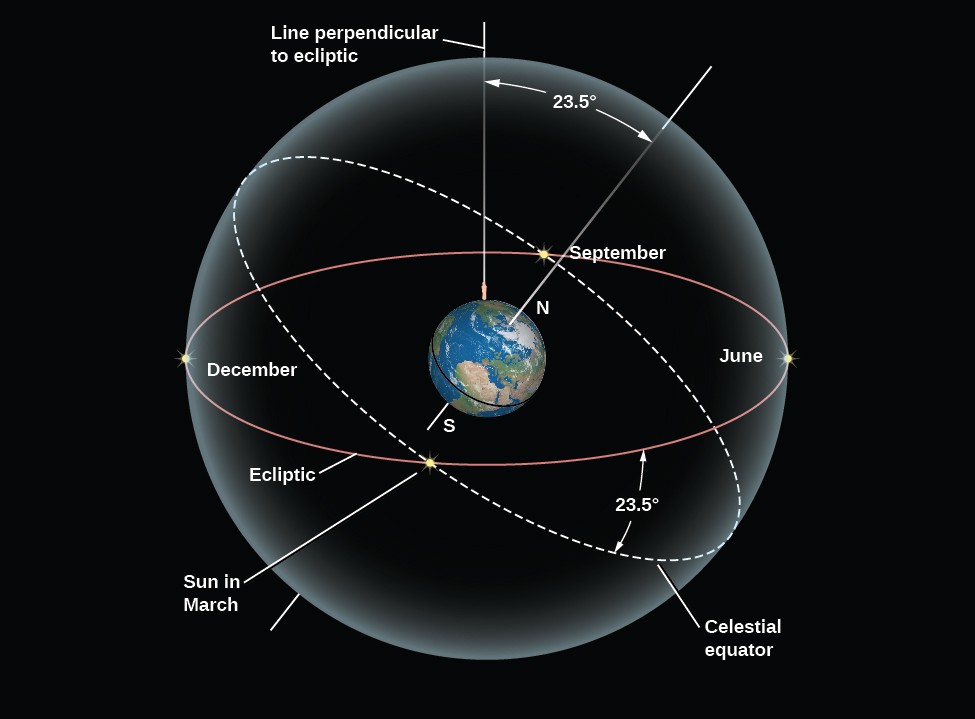
The Mystery of Precession
Among the most enigmatic of all celestial measurements is precession, the slow wobble of Earth’s axis that shifts the apparent position of stars over millennia.
Understanding precession requires long-term astronomical observation — something historians once believed impossible for early societies.
Yet evidence suggests the ancients knew of it.
-
The alignment of the Giza pyramids with Orion’s Belt matches the sky not of 2500 BCE, but around 10,500 BCE — when Orion rose due south.
-
The Maya Long Count calendar tracks vast cycles of time, hinting at awareness of cosmic drift.
-
Ancient Sanskrit texts from India describe “ages of the world” (yugas), whose durations align with precessional timelines.
Could these be fragments of a global system — a time code written in architecture?
Temples as Celestial Machines
If we see these temples as stellar machines, the sophistication of their design becomes astonishing:
-
Their orientation reveals precise astronomical knowledge.
-
Their geometry encodes harmonic ratios found in planetary orbits.
-
Their symbolism often merges celestial gods with agricultural or societal renewal — linking heaven’s cycles to human destiny.
Such consistency across continents suggests shared principles of cosmic engineering, perhaps inherited from an older, now-forgotten civilization.
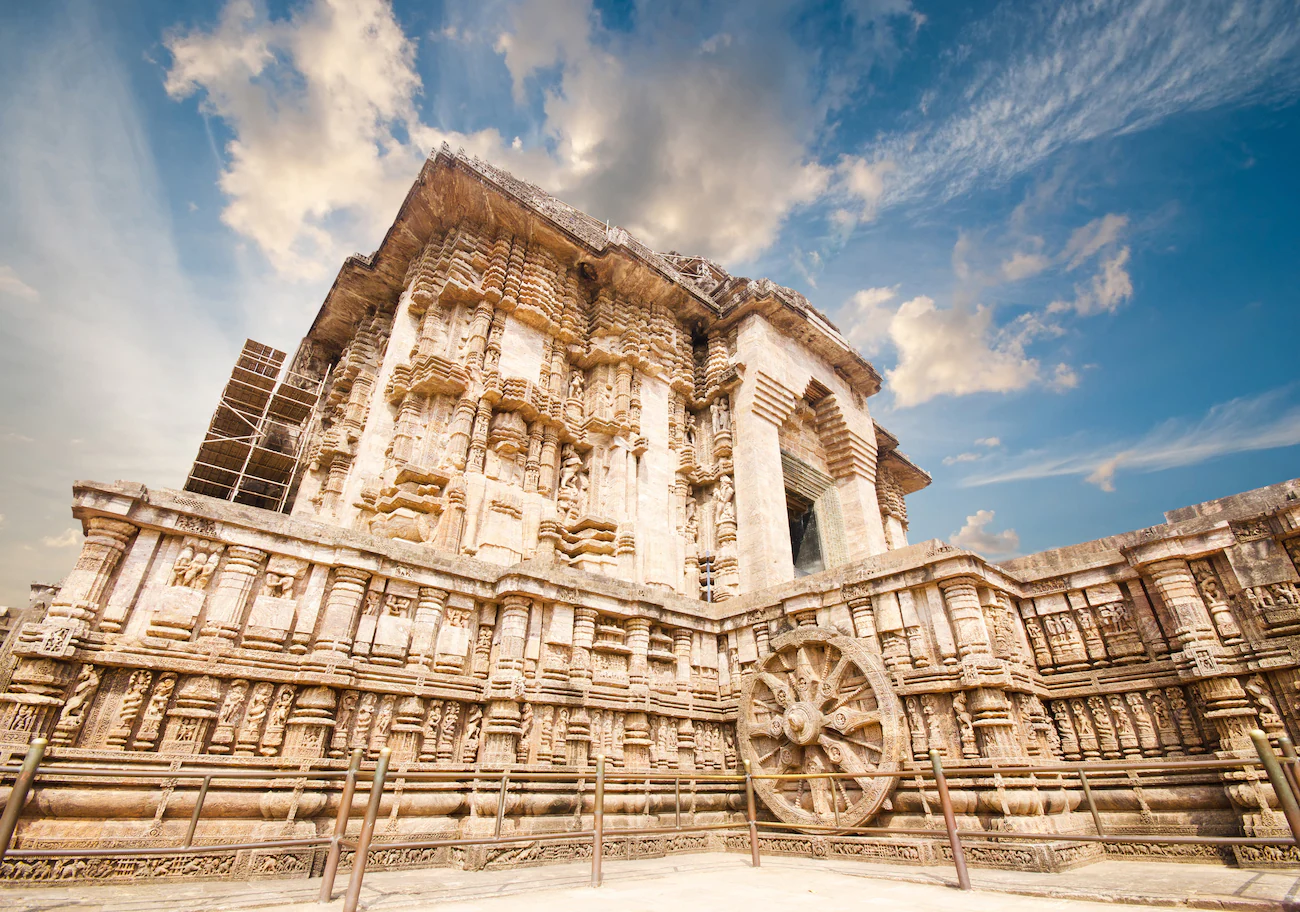
Reflections of Lost Time
Writers like Graham Hancock, John Anthony West, and Robert Bauval have long argued that the precision of these temples cannot be explained by chance.
They propose that ancient knowledge of astronomy — including precession — survived cataclysmic events such as the Younger Dryas, passed down through myths of gods, flood survivors, and “keepers of wisdom.”
If true, then every solar shaft and star-aligned doorway might represent not just a scientific achievement, but a message from deep antiquity — a warning or remembrance encoded in stone.
Key Concepts
-
Keyphrase: stellar gateways temples tracked time
-
Temples aligned with solstices, equinoxes, and star risings
-
Global awareness of precession across civilizations
-
Sacred geometry as an astronomical tool
-
Ancient timekeeping through architecture
Questions for Reflection
-
Were these temples constructed as observatories — or as instruments of initiation into cosmic cycles?
-
Could the ancients have understood the vast precessional drift long before modern astronomy?
-
If so, who first taught humanity to track the sky with such eternal precision?
Additional readings
- Global Archeoastronomy Alignments
-
Hancock, G. Magicians of the Gods (2015)
-
Bauval, R. The Orion Mystery (1994)
-
West, J. A. Serpent in the Sky (1979)
-
Aveni, A. Ancient Astronomers (2001)
-
Journal of Archaeoastronomy, Vol. 30 (2024)

